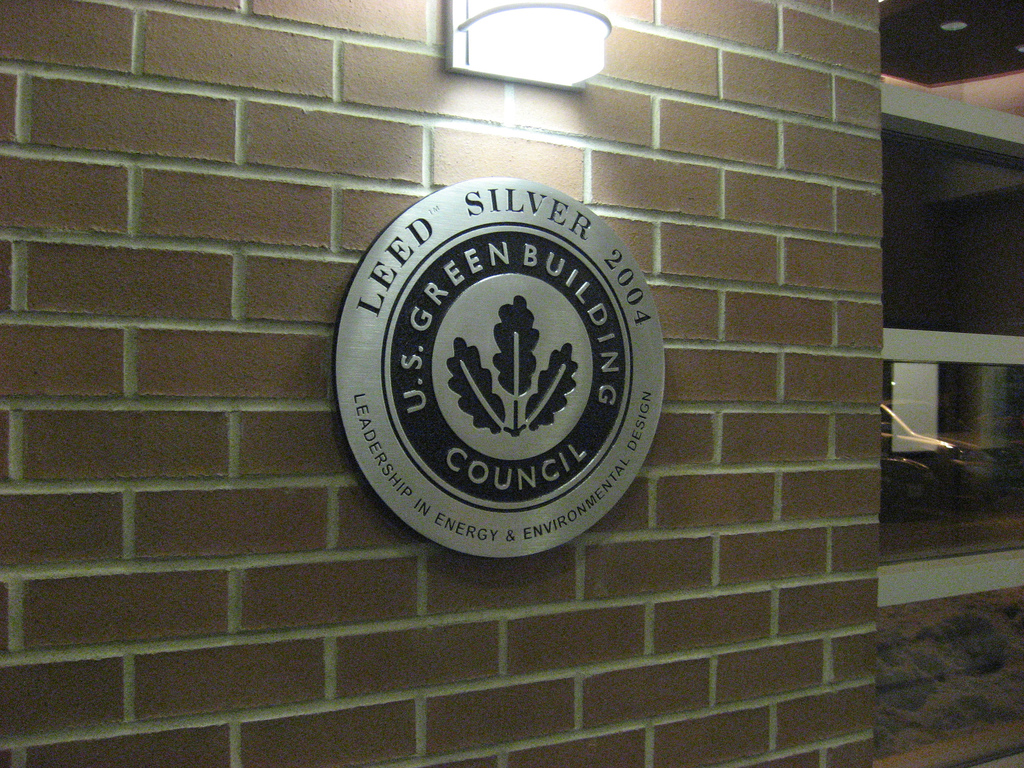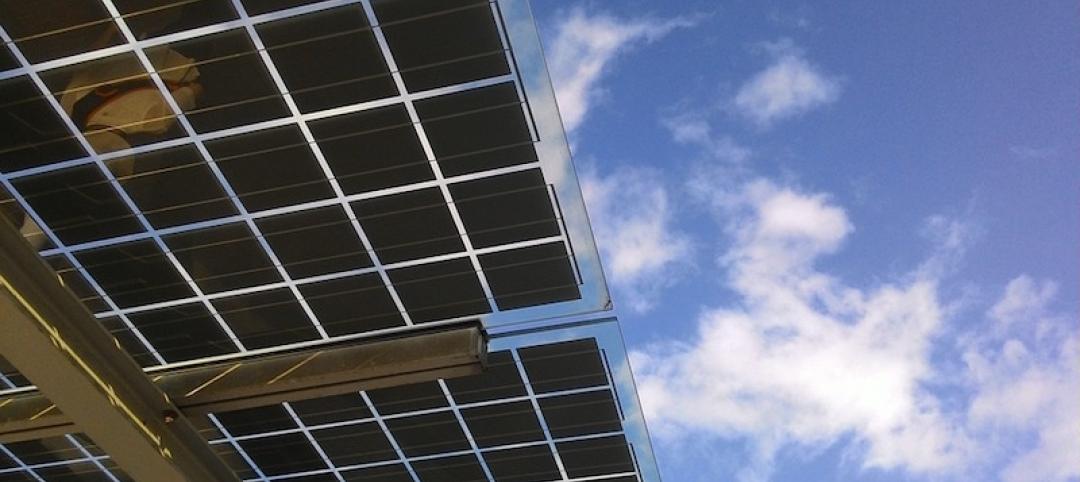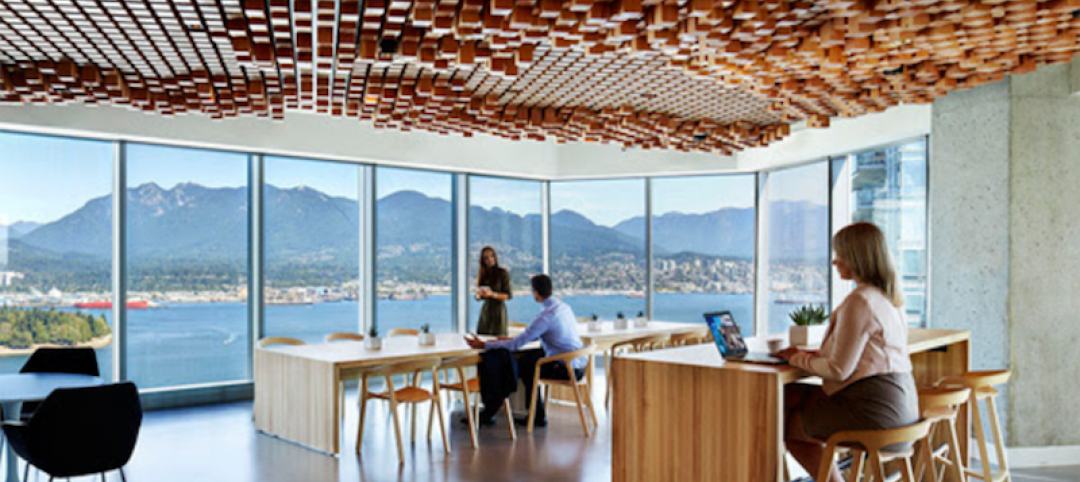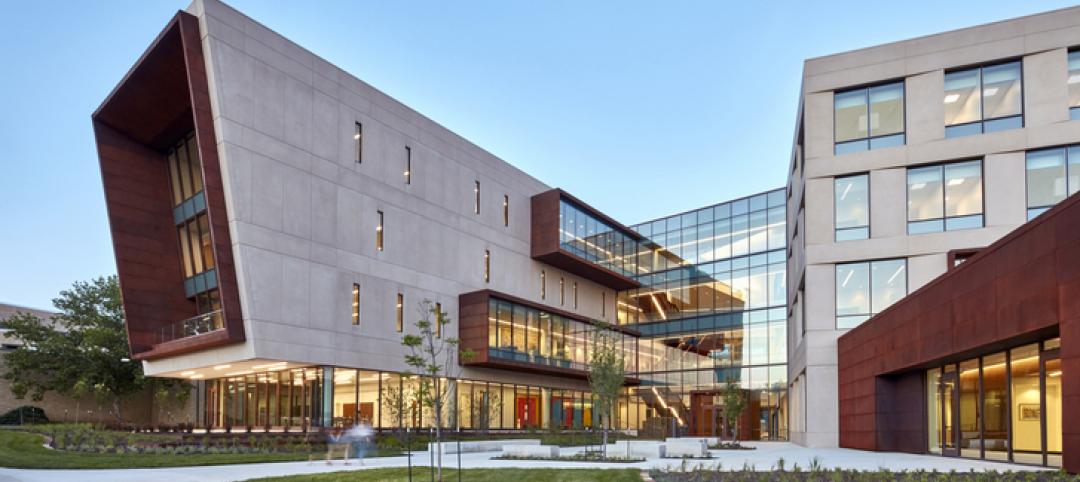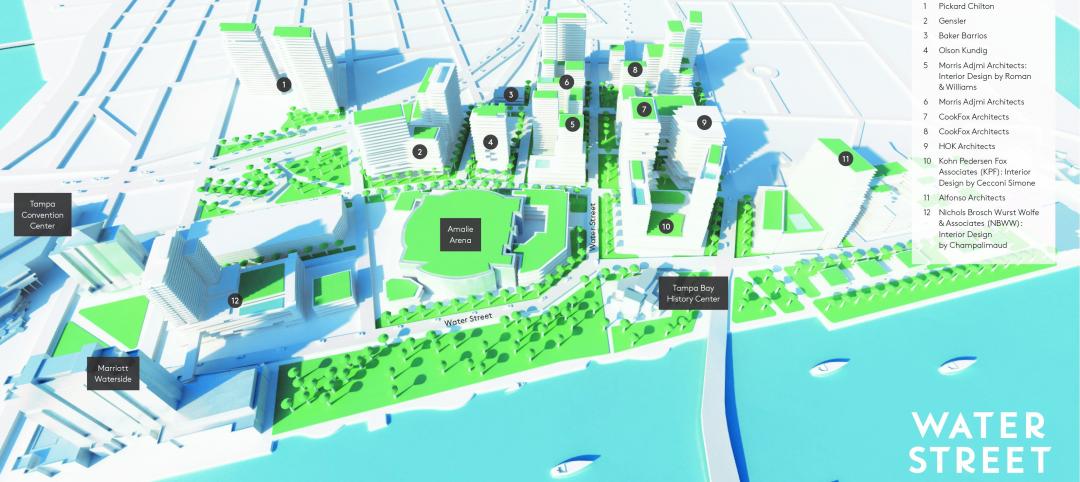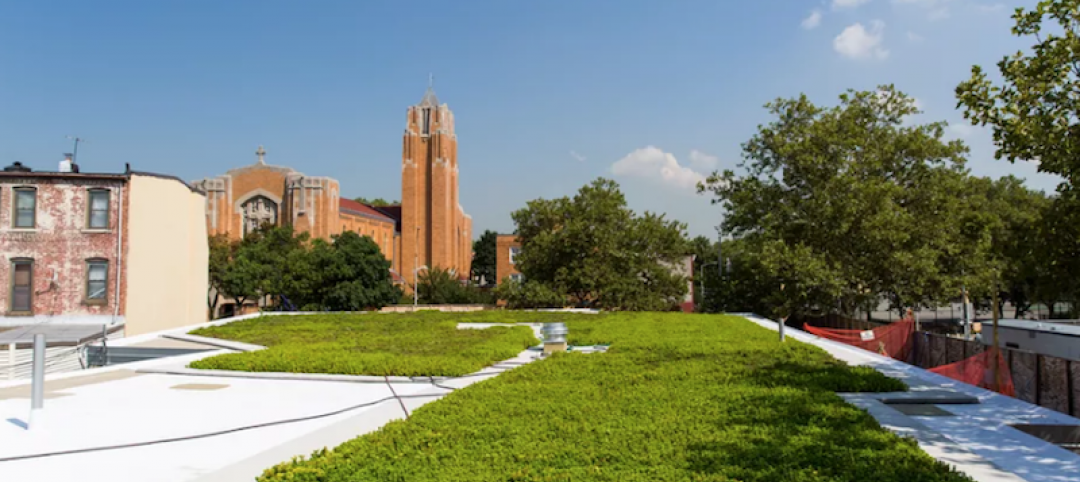The U.S. Green Building Council (USGBC) unveiled a new governance structure with two leadership bodies.
An advisory council has been added to the organization to set policy in conjunction with the board of directors. This arrangement will be implemented in 2016.
“By having both a Board of Directors and an Advisory Council, we increase our ability to meet the challenges of a complex business environment,” said Rick Fedrizzi, CEO and founding chair, USGBC. “The individuals on our new board bring a unique perspective and unparalleled industry expertise that will allow us to navigate the changing global business landscape. And our Advisory Council members will provide deep market knowledge and technical expertise ...”
The Advisory Council will recommend policy and initiatives to the board. The board retains the legal authority to make policy, direct staff, and the ultimate fiduciary responsibility and liability for the advancement of USGBC’s business and mission.
USGBC’s membership elected the following individuals to serve as directors, effective Jan. 1, 2016:
- Bob Fox, Partner, COOKFOX Architects and Terrapin Bright Green (three-year term)
- Mike McNally, Principal, McNally Green, and retired President and CEO, Skanska USA (three-year term)
- Chrissa Pagitsas, Director, Green Initiative, Fannie Mae (two-year term)
- Janine Benyus, Partner and Cofounder, Biomimicry 3.8 (two-year term)
- Paul Anastas, PhD., Director, Center for Green Chemistry and Green Engineering, Yale University (1 year term)
- Aaron Bernstein, M.D., M.P.H., Associate Director, Center for Health and the Global Environment, Harvard Chan School of Public Health (one-year term)
- Bruce Oreck, Executive in Residence, Aalto University and former U.S. Ambassador to Finland (one-year term)
These directors will join Fiona Cousins and Rick Fedrizzi (ex officio) on the 2016 USGBC Board. The currently serving members of the USGBC Board of Directors will transition to seats on the Advisory Council, joining newly elected council members.
Related Stories
Giants 400 | Oct 30, 2017
Top 45 green engineering firms
WSP, AECOM, and Arup top BD+C’s ranking of the nation’s largest green sector engineering and EA firms, as reported in the 2017 Giants 300 Report.
Giants 400 | Oct 30, 2017
Top 130 green architecture firms
Gensler, Stantec, and HOK top BD+C’s ranking of the nation’s largest green sector architecture and AE firms, as reported in the 2017 Giants 300 Report.
Greenbuild Report | Oct 18, 2017
Rebuild, retreat, or resist
Hurricanes Harvey and Irma expose the necessity—and limitations—of resilient design and construction measures.
Sustainability | Oct 16, 2017
A negative emissions power plant is now operational in Iceland
The geothermal power plant in Hellisheidi, Iceland was outfitted with a Climeworks DAC module.
Sustainability | Oct 9, 2017
New Arizona State University building will reach triple net-zero performance
The science and research complex will include an atrium biome filled with plants and water.
Sustainability | Oct 4, 2017
The solutions to climate change are already at our fingertips
To keep global temperature rise below 2 degrees Celsius of warming, the International Energy Agency (IEA) reports that the global buildings sector will need to decrease its total annual greenhouse gas contribution by 77% by 2050.
Green | Oct 2, 2017
Five strategies to improve energy performance in existing buildings
After performing retro-commissioning and energy audits for more than five million square feet of existing building real estate, we have developed a list of common low/no-cost Energy Conservation Measures (ECMs) that are identified on the majority of projects.
Green | Sep 27, 2017
Wellness gains ground with real estate and property management professionals
Structure Tone survey finds LEED is still a selling point, but interest in resilience practices could be waning.
Codes and Standards | Sep 12, 2017
Washington, D.C. is first LEED Platinum city in the world
All city government buildings are powered by renewables.
Green | Sep 12, 2017
Brooklyn’s Windsor Terrace Library gets a living roof
The roof was funded through a process that allows local residents to decide how City capital dollars are spent in their neighborhoods.


